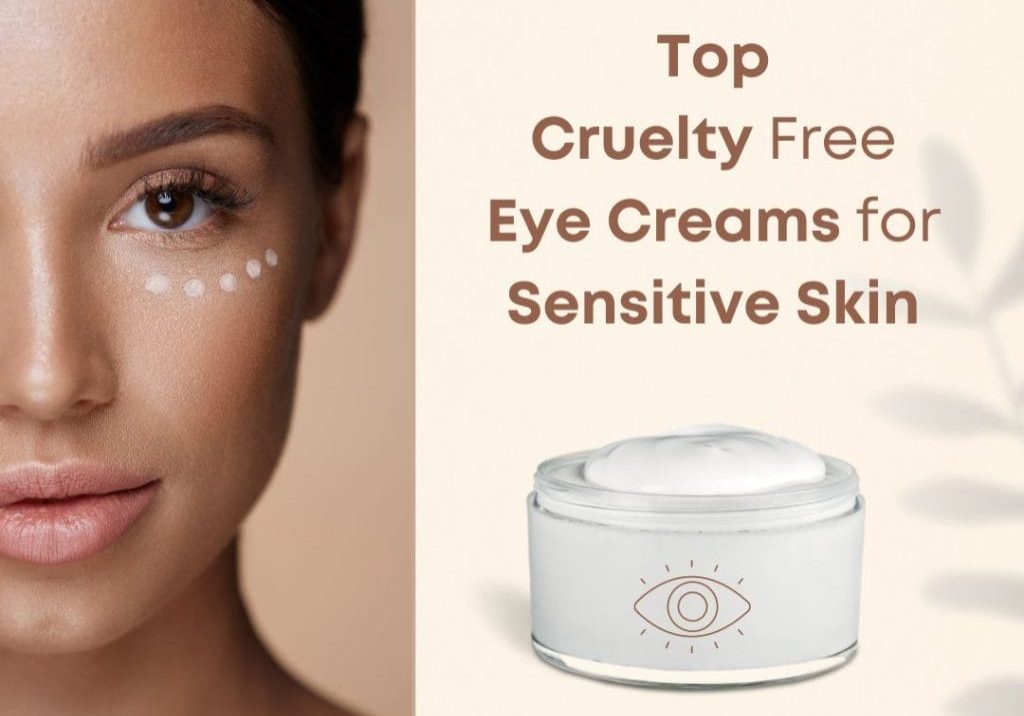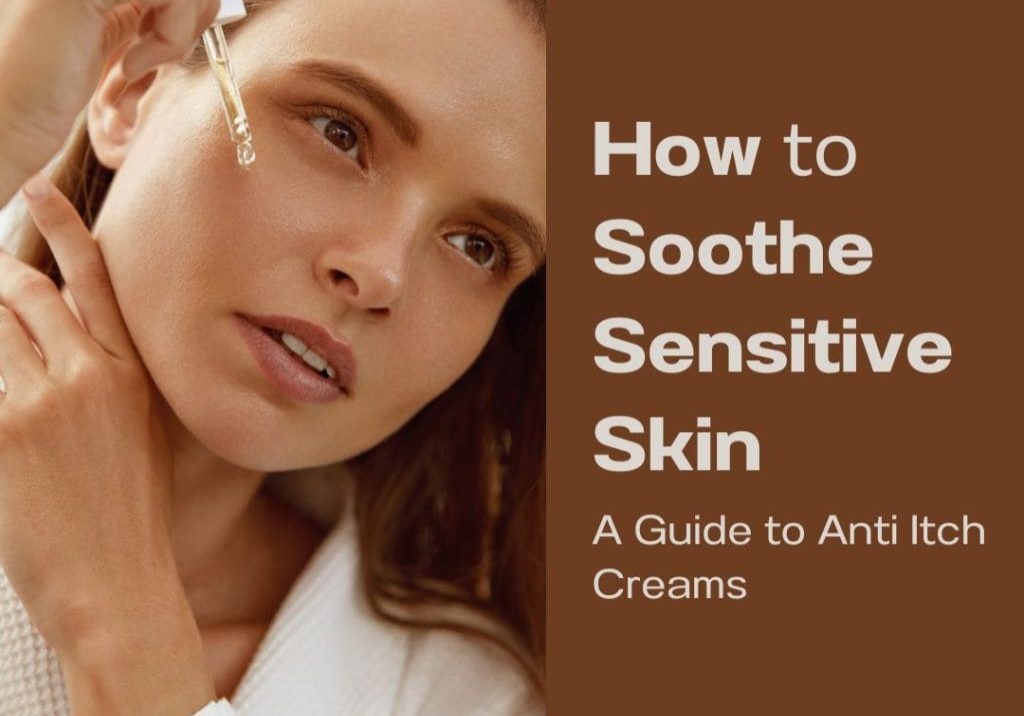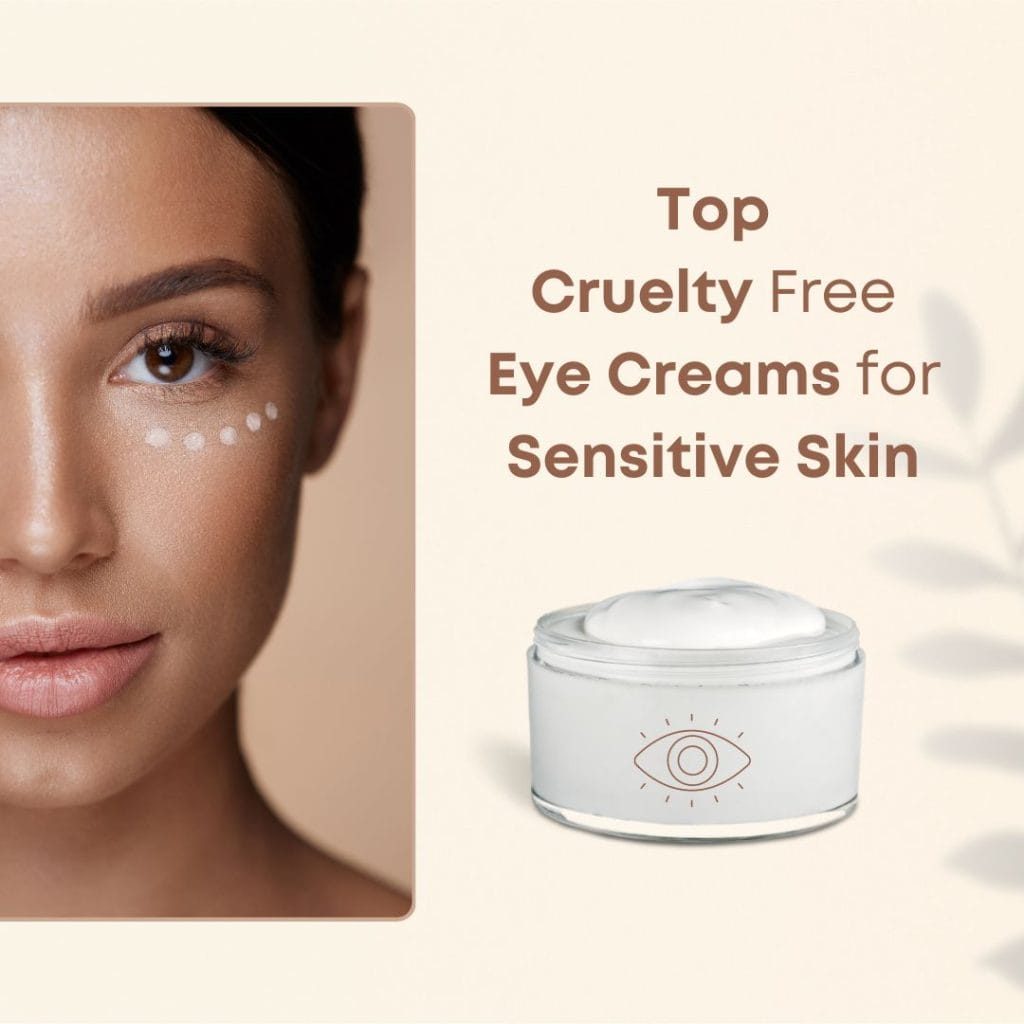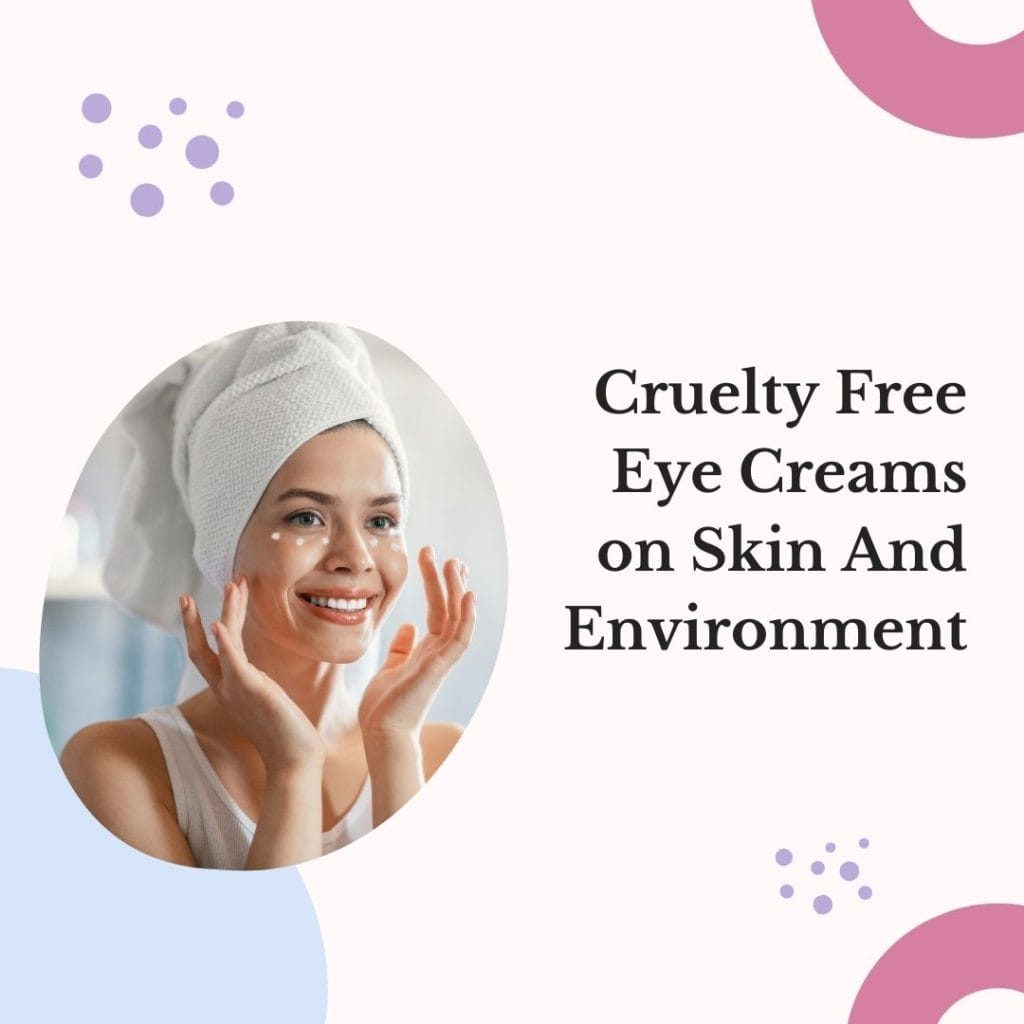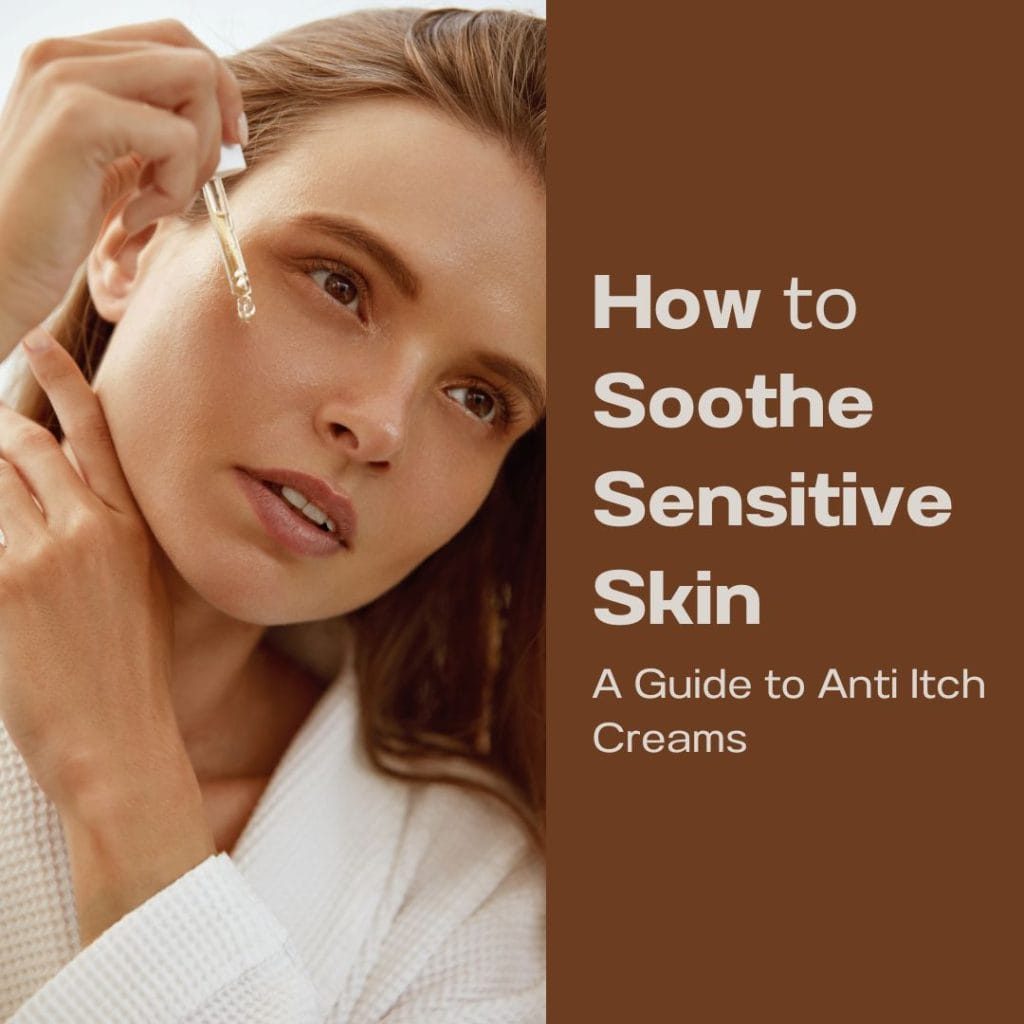Table of Contents
Natural ingredients have become vital in the production of anti itch creams for rashes, offering relief for individuals with sensitive skin. These creams utilize nature’s bounty to soothe discomfort, reduce inflammation, and promote skin healing. This article will guide you through the world of natural anti itch creams for rashes and their significant impact on sensitive skin.
Natural Ingredients in Anti Itch Creams for Sensitive Skin
Experiencing itchy skin, also known as pruritus, can be both a discomfort and a source of frustration. Home remedies can often provide some relief in these situations. Some popular treatments include the application of essential oils, implementing wet wraps, and using colloidal oatmeal. According to the National Eczema Association (NEA), frequent bouts of itchy skin can have a serious impact on an individual’s mental health, potentially leading to issues like anxiety or depression.
Physical complications can also arise from the frequent scratching of the skin, resulting in small tears that could become infected. The causes of itchy skin are varied and can include factors such as insect bites, allergies, stress, and certain skin conditions like eczema and psoriasis. In this article, we will be looking at some of the best natural remedies to alleviate itching.
1. Applying menthol
Menthol, a natural compound found in mint plants, is a popular ingredient in many anti itch creams for rashes due to its soothing properties. It creates a cooling sensation when applied to the skin, which can help to alleviate the feeling of itchiness.
Menthol’s ability to numb the skin can also be beneficial in reducing the urge to scratch, thereby preventing further skin damage. However, it’s important to note that while menthol can provide temporary relief, it doesn’t treat the underlying cause of the rash. It’s always recommended to consult with a healthcare professional for persistent skin conditions.
2. Cooling the itch
Cooling the skin affected by a rash is another effective method for dealing with itchiness. Applying a cold, wet cloth, or ice pack can help to numb the area, reducing the sensation of itchiness. This method, while simple, can provide immediate, albeit temporary, relief.
Nevertheless, caution should be taken when using this method, as prolonged exposure to cold can harm the skin. Always wrap the ice pack in a towel before applying it to the skin, and never leave it on for more than 15 minutes at a time. Again, while this method treats symptoms, it doesn’t address the underlying cause of the itch. As always, consult a healthcare professional for persistent rashes.
3. Wet Wrap Therapy
Wet Wrap Therapy, abbreviated as WWT, is an effective technique for dealing with itchy skin, especially in children. Here’s how it works:
- Water-soaked fabric wraps, usually made from gauze or surgical netting, are applied to the itchy areas of the skin.
- The moisture from the wraps aids in rehydrating and calming the skin.
- The wraps also act as a physical barrier against scratching, which can further aggravate the itchiness.
- WWT can potentially enhance the skin’s absorption of medications, such as topical steroids.
- Prior to applying the wraps, medications should be gently massaged or patted onto the skin, followed by a substantial layer of moisturizer.
- The National Eczema Association (NEA) provides this step-by-step process for WWT:
- Saturate a piece of gauze in warm water until it’s damp.
- Encase the itchy skin area with the moist gauze.
- Place a dry piece of gauze over the damp one.
- Dress in comfortable cotton pajamas without displacing the bandages.
- Maintain the bandages for several hours, or even overnight.
- WWT can be used for a couple of days to manage a severe itch outbreak.
- If the itch persists, it’s advisable to consult a doctor or dermatologist about prolonging the therapy or exploring other treatment alternatives.
4. Colloidal Oatmeal
Colloidal oatmeal is essentially oatmeal that has been finely ground and can be dissolved in water. Once dissolved, it creates a solution that coats the skin, serving as a protective barrier which aids in moisture retention.
This finely ground oatmeal is particularly beneficial in managing dry and itchy skin. Due to the inherent antioxidant and anti-inflammatory properties of colloidal oatmeal, it can effectively alleviate skin irritation.
A 2015 study found that colloidal oatmeal eased a variety of skin discomforts in women experiencing mild to moderate itching. Specifically, it mitigated symptoms such as scaling, dryness, roughness, and the intensity of the itch.
This natural remedy is readily available in various forms including creams and lotions. Alternatively, the colloidal oatmeal powder can be added directly to bath water for a soothing, itch-relieving bath.
5. Apple cider vinegar
Apple cider vinegar, rich in acetic acid, has been employed as a natural antiseptic and wound disinfectant for centuries. Its acetic acid content may contribute to its potential benefits in relieving an itchy scalp, according to the National Psoriasis Foundation (NPF).
The suggested application method involves diluting the vinegar with an equal amount of water. Once prepared, the solution should be applied to the scalp and allowed to dry.
After the solution has dried, it should be rinsed off gently with lukewarm water. However, caution should be exercised because vinegar can induce a burning sensation on open wounds. Hence, this treatment should be avoided by individuals with cracked or bleeding skin.
6. Moisturizing
Keeping your skin moisturized is a key strategy in managing itchy skin conditions. Moisturizers, including creams and lotions, function by hydrating the skin’s outer layer, thus offering relief from itchy and dry skin.
These products generally contain two main types of ingredients: humectants and emollients. Humectants work by drawing water into the skin, enhancing its hydration levels. On the other hand, emollients contribute to moisture retention by forming a protective film on the skin’s surface, thereby locking in the moisture.
To exploit the benefits of a moisturizer to the maximum, it is advisable to apply it shortly after a bath or shower when your skin is still slightly damp. This allows the moisturizer to trap and seal in the excess water on your skin.
The National Eczema Association (NEA) offers some tips to develop an effective moisturizing routine. They suggest using a moisturizer with a high oil content because oil-based products are excellent at trapping moisture on the skin’s surface.
Additionally, it’s crucial to moisturize your hands every time they come into contact with water. This helps to counteract the drying effects of water and keeps your hands soft and hydrated.
Lastly, consider moisturizing before going to bed. As you sleep, the moisturizer works to keep your skin hydrated throughout the night, helping you wake up with softer and less itchy skin.
7. Baking soda
Baking soda, known for its antifungal properties, has been found effective in treating various fungal skin conditions that cause itching. Research supports its efficacy in managing these conditions. The National Eczema Association (NEA) recommends adding a quarter cup of baking soda to a warm bath for relief.
Alternatively, baking soda can be mixed with water to create a paste. This paste can be applied directly onto itchy areas, providing a more concentrated treatment. This method allows for targeted application, focusing the antifungal and itch-relieving properties of the baking soda exactly where it’s needed most.
8. Avoiding Irritants
Certain elements in our daily environment can exacerbate itchiness, particularly for individuals with sensitive skin. The American Academy of Dermatology suggests the following measures to avoid common irritants:
- Hot water: Bathing or showering in hot water strips the skin of its natural moisture, leading to dryness and potential itchiness. Lowering the water temperature slightly can help preserve the skin’s natural moisture.
- Temperature and humidity changes: Extremes in temperature and humidity can sap the skin of its moisture, leading to dry, flaky, and itchy skin. Using a humidifier to maintain a consistent indoor humidity, especially during dry summer months or when using central heating in winter, can mitigate these effects.
- Fragranced skincare products: Additives like perfumes and artificial colors in skincare products can cause or exacerbate skin irritation. It’s advisable for individuals with itchy or sensitive skin to opt for fragrance-free and dye-free skincare products.
- Wool and synthetic fibers: Clothing made from materials like wool or synthetic fibers can irritate the skin, inducing itchiness. Wearing loose-fitting cotton clothing, which allows the skin to breathe and prevents overheating, can be a more comfortable option.
- Stress: Psychological stress can be a trigger for itchiness. People who notice an increase in itchiness during times of stress may find relief through stress-reduction techniques such as yoga and mindfulness meditation.
Treatment
The course of treatment largely hinges on the underlying cause of the itch. For those suffering from dry skin, an effective moisturizer might suffice. However, individuals with conditions such as psoriasis may require different therapeutic approaches if conventional medication isn’t suitable. One such alternative treatment is light therapy, or phototherapy. This treatment method exposes the skin to specific ultraviolet light wavelengths to effectively manage itching.
Low water intake
Insufficient fluid intake can lead to chronic dehydration, a condition that can exacerbate skin dryness and itchiness. To combat this, it’s advisable to keep a water bottle within reach throughout the day, taking small sips at least every 20 minutes. Incorporating fruits and vegetables into your diet can also boost your fluid levels. During periods of intense physical activity or heat exposure resulting in substantial sweating, or in cases of fluid loss due to vomiting or diarrhea, electrolyte-enhanced beverages may be beneficial to replenish lost fluids.
Eczema, dermatitis, and hives
In dealing with conditions such as eczema, dermatitis, and hives, a skincare specialist could suggest the use of corticosteroid creams. These can be applied directly onto the affected areas to alleviate itching. In certain scenarios, a medical professional might consider prescribing topical calcineurin inhibitors or antihistamines to be taken orally.
Allergies
Oral antihistamines serve as a frequently utilized solution for combating allergies. A few examples of these that can be obtained without a prescription include cetirizine, marketed under the brand name Zyrtec, loratadine, sold as Claritin, and diphenhydramine, known by its trade name, Benadryl. In addition, there are also options that require a prescription.
Fungal infections
Common fungal infections such as ringworm and athlete’s foot can be effectively managed with antifungal therapies. These treatments often come in different forms, including creams and shampoos that can be applied directly to the affected areas. When the infection is severe or unresponsive to topical treatments, oral medications may be recommended by a healthcare professional. A frequently prescribed antifungal drug for such situations is Terbinafine, often recognized by its brand name, Lamisil.
Insect bites and stings
Topical antihistamines can be effective in providing relief from itching. In order to avoid mosquito bites, it’s advisable to apply an insect repellant, ensure window screens are well-maintained and intact, and cover the body with clothing as much as possible.
Conclusion
In conclusion, managing skin rashes and itchiness requires a holistic approach. Using anti itch creams for rashes, maintaining hydration, avoiding known irritants, and integrating appropriate lifestyle changes all contribute to healthier skin. It’s vital to consult a healthcare professional for personalized advice based on individual conditions and symptoms. Always remember, a healthy skin regimen isn’t just about reactive measures but also includes preventative care and daily skin nourishment.


